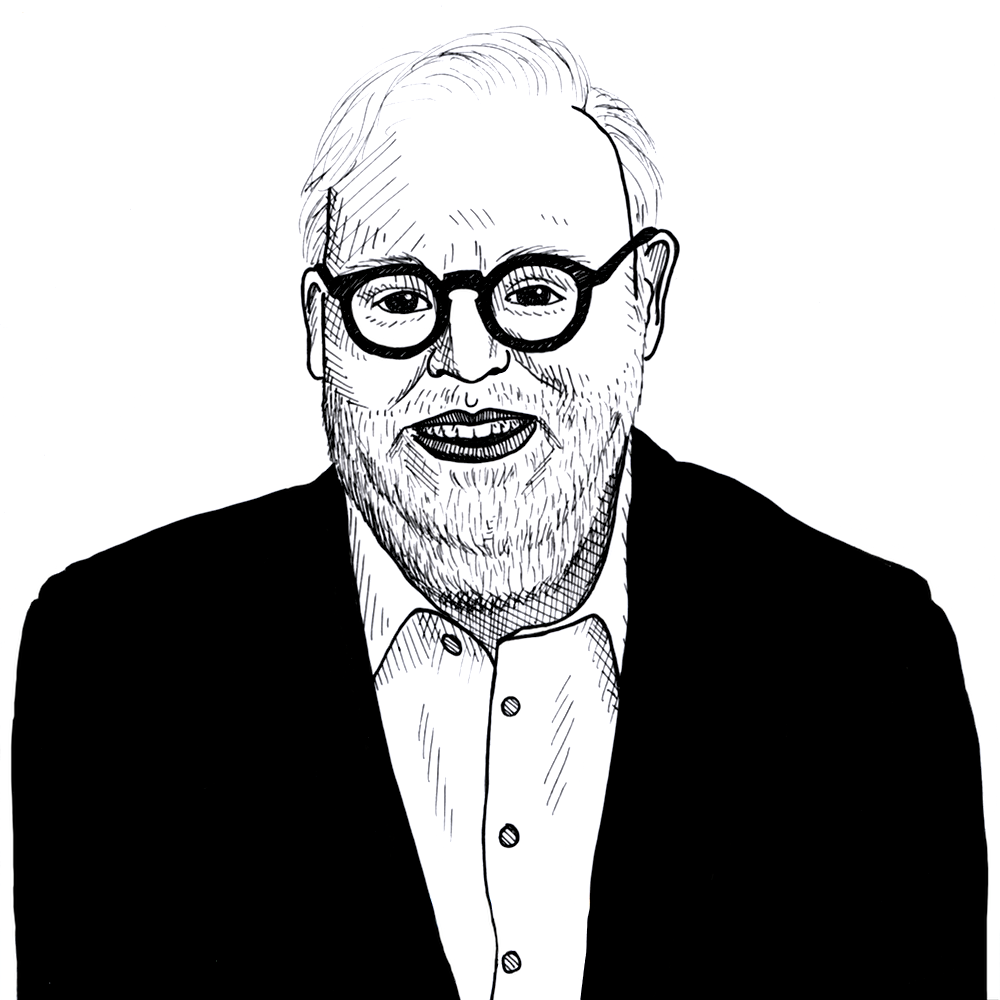Marie-Jean-Antoine-Nicolas Caritat, Marquis de Condorcet (1743-1794)
David M. Hart, "Marie-Jean-Antoine-Nicolas Caritat, marquis de Condorcet (1743-1794)"
Condorcet was born in Ribemont, Picardy on September 17, 1743 and died in Bourg-la-Reine on March 29, 1794. He was a mathematician, a philosophe (he was friends D'Alembert, Voltaire, and Turgot), permanent secretary of the French Academy of Sciences (from 1776), and a politician during the French Revolution (he was elected to the Legislative Assembly in 1791 and later appointed its President, then a member of Convention in 1792). He was active in a number of committees which drew up legislation during the Revolution (especially on public education and constitutional reform) but became a victim of Jacobin repression when the liberal Girondin group was expelled from the Convention. After a period of hiding in late 1793, during which he wrote his most famous work Sketch for a Historical Picture of the Progress of the Human Mind (July 1793-March 1794), he was arrested and died under suspicious circumstances. It is possible he committed suicide or was murdered by the Jacobins.
Condorcet was educated at a Jesuit school in Rheims and received a rigorous scientific education at the College of Navarre at the University of Paris. His initial research was in the areas of calculus and probability theory, but he later attempted to apply mathematics to the study of human behaviour and political organisations in order to create a "social arithmetic of man". His Essai sur l'application de l'analyse à la probabilité des decisions rendues à la pluralité des voix (1785) was an attempt to show how the mathematics of probability could be used to make political decision making more rational and hence more enlightened. Condorcet wrote articles on this subject for a Supplement to Diderot's Encyclopedia (1784-89).
When Turgot became Controller-General and attempted to free up the grain trade and deregulate the French economy in 1774-76, Condorcet lent his whole-hearted support. He was appointed by Turgot to the post of Inspecteur des Monnaies in 1774 and wrote numerous pamphlets defending laissez-faire reform such as the abolition of forced labour (the corvée) and seigneurial dues. His Vie de M. Turgot (1786) is a spirited defence of Turgot and the continuing need for free market policies in spite of Turgot's failure to overcome the entrenched vested interests opposed to any reform of the French economy.
Condorcet also advocated other enlightened reforms of French society, such as reform of the criminal justice system, the granting of civic rights to Protestants, and the abolition of slavery. With his wife, Sophie de Grouchy (whom he married 1786), Condorcet ran an important salon for the liberal elite of Paris where the these issues were discussed, as well as the progress of the new American republic and the future role of provincial assemblies in a politically reformed France.
During the early phase of the French Revolution Condorcet joined other moderate liberal reformers in the Society of Thirty (for whom he helped draw up cahiers or demands for liberal reform which were presented to the Estates General) and the Society of 1789 (whose members included the marquis de Lafayette and Dupont de Nemours). Condorcet edited the journal of the latter group and it was here that he published the very important essay On the Admission of Women to the Rights of Citizenship in 1790. Condorcet was elected to represent Paris in the Legislative Assembly in 1791 but broke with the moderate liberals over the issue of curtailing the power of the monarchy. He joined the moderate republicans Brissot and Thomas Paine in calling for the end of the monarchy and the introduction of a republican constitution. He served on the Legislative Assembly's Committee on Public Instruction and wrote their report in April 1792 but which was not adopted until 1795 after his death.
Condorcet was also a member of the Convention (representing the Aisne) which tried and then executed the King. He voted for deposing the king but against his execution. In February 1793 Condorcet presented a constitutional plan to the Convention's Constitutional Committee based upon his idea of using mathematics to create a rational and representative elected body which would serve the interests of all the people and prevent one small group from seizing control. His constitutional plan fell victim to the power struggle going on in the Convention between the liberal Girondins and the radical Jacobins. When leading Girondins were expelled from the Convention, Condorcet protested and then had to go into hiding to avoid arrest. Over the next few months he wrote his best known work, Esquisse d'un tableau historique des progrès de l'esprit humain (1795) which shows firstly, how human beings have been able to improve their situation over the centuries through the use of reason, technology and liberty, and secondly, how in the near future (the 10th stage of his Sketch) a veritable liberal utopia might be created. He left his hiding place in March 1794 and was soon arrested, dying in prison after 2 days in captivity under suspicious circumstances.
Bibliography
Condorcet, Reflections on Criminal Jurisprudence (1775)
Condorcet, Letters on the Grain Trade (1775)
Condorcet, Reflections on Black Slavery (1781, 1788)
Condorcet, Essay on the Application of Mathematics to the Theory of Decision-Making (1785)
Condorcet, On the Influence of the American Revolution on Europe (1786)
Condorcet, Essay on the Constitution and Functions of Provincial Assemblies (1788)
Condorcet, On the Admission of Women to the Rights of Citizenship (1790)
Condorcet, The Nature and Purpose of Public Instruction (1791-2)
Condorcet, Sketch for a Historical Picture of the Progress of the Human Mind (1794)
Badinter, Elisabeth and Robert Badinter, Condorcet (1743-1794): Un intellectuel en politique. Paris: Fayard, 1988.
Baker, Keith Michael, Condorce: From Natural Philosophy to Social Mathematics. University of Chicago Press, 1975.
Condorcet, Selected Writings, ed. Keith Michael Baker. Indianapolis: Bobbs-Merrill, 1976.
